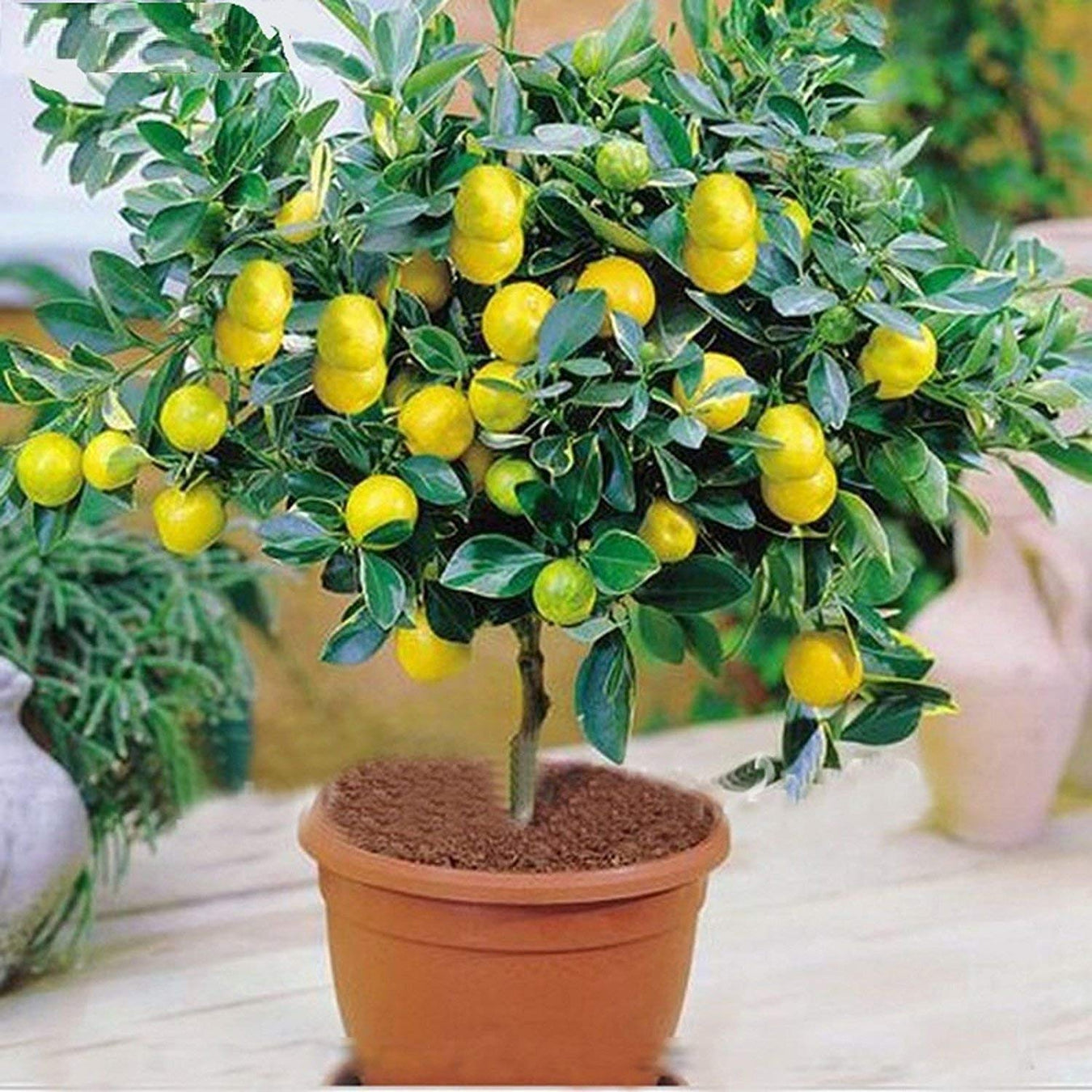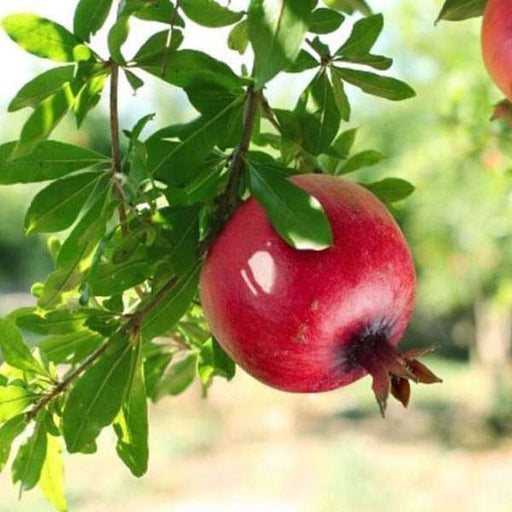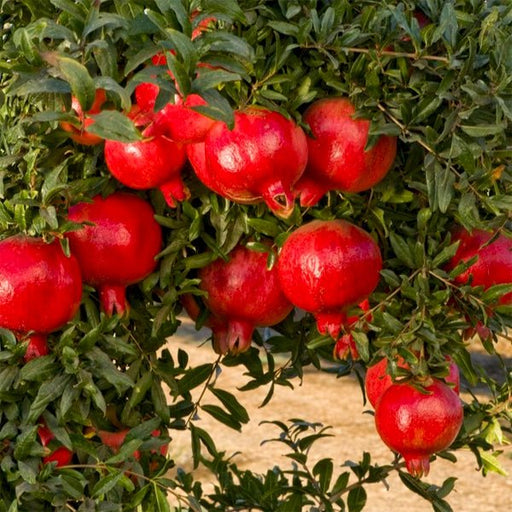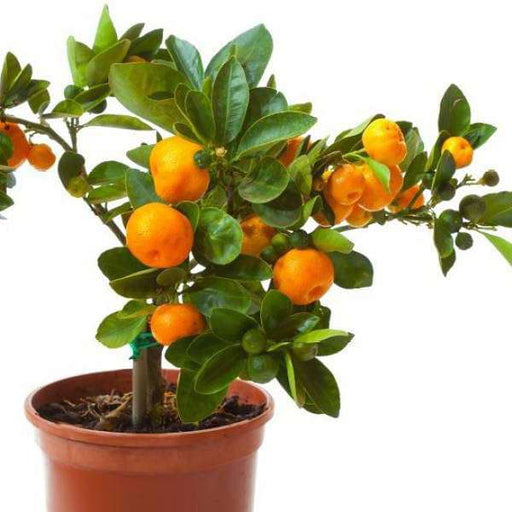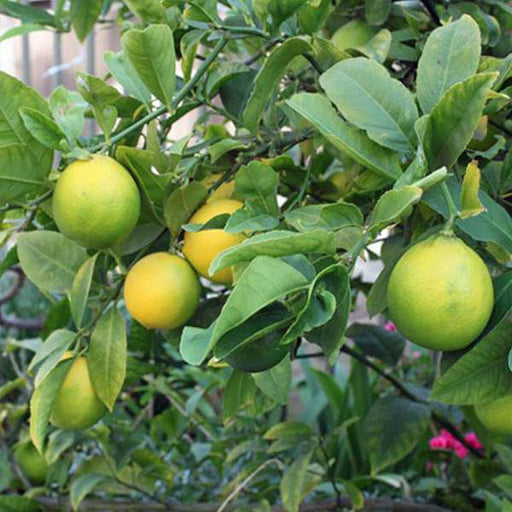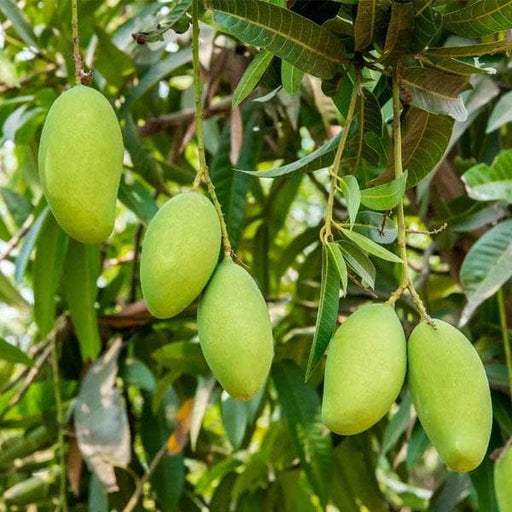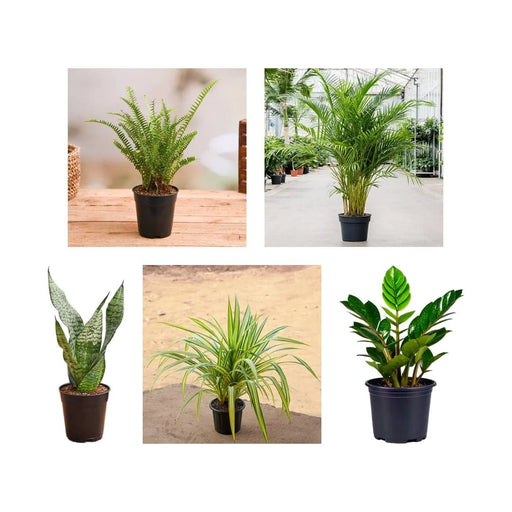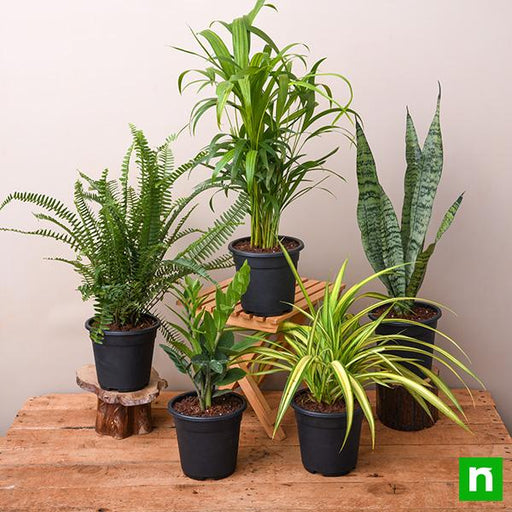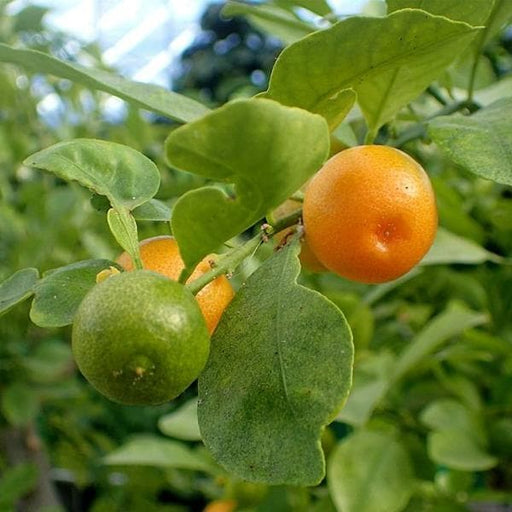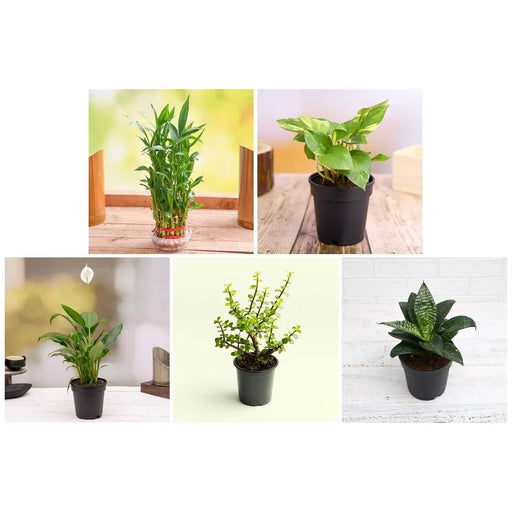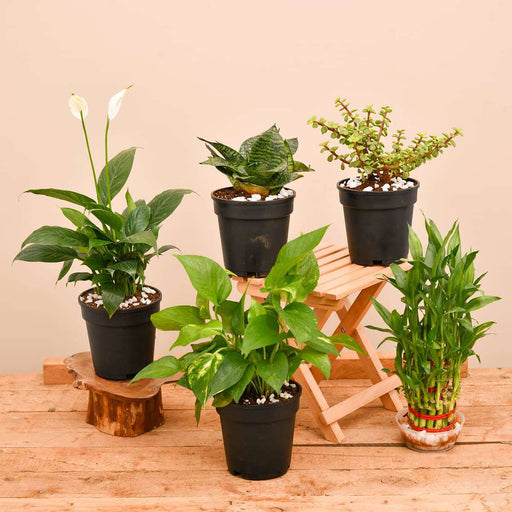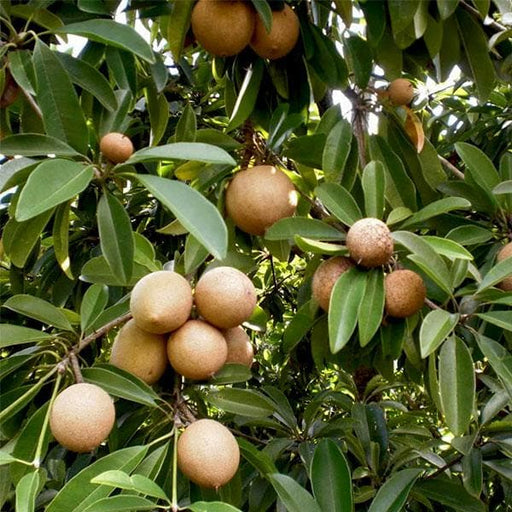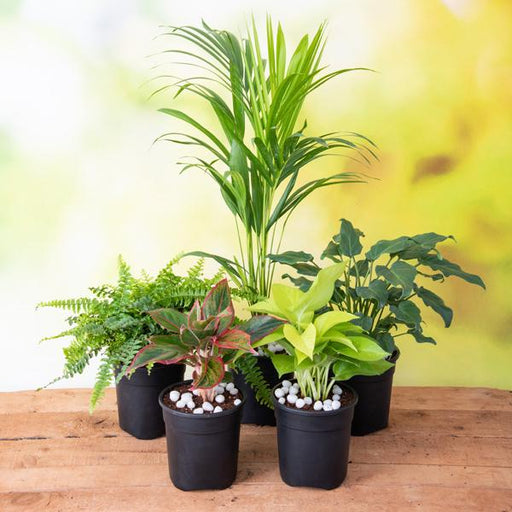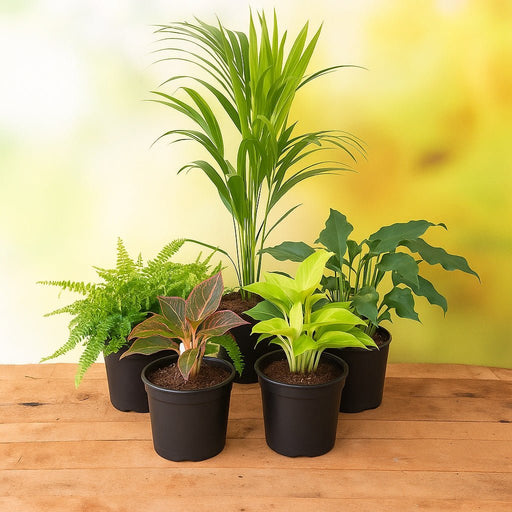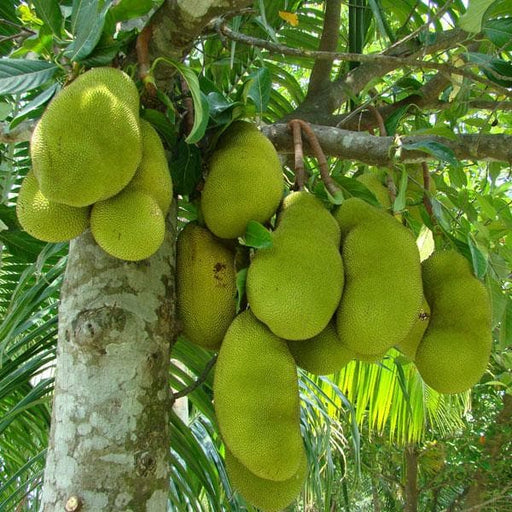Benefits of Grafted Fruit Plants
Grafted fruit plants offer several advantages over non-grafted plants, including increased yield, disease resistance, and improved fruit quality. In this article, we will explore the benefits of grafted fruit plants and provide information on how to care for them.
Types of Grafted Fruit Plants
Grafted fruit plants come in a variety of types, each with its unique characteristics, flavors, and growth habits. In this article, we will explore the different types of grafted fruit plants and provide information on how to grow and care for them.
Growing Grafted Fruit Plants
Growing grafted fruit plants can be a rewarding and delicious experience. In this article, we will provide tips and advice on how to grow grafted fruit plants successfully, including soil preparation, watering, and fertilization.
Care and Maintenance of Grafted Fruit Plants
Proper care and maintenance of grafted fruit plants can help them thrive and produce a bountiful harvest. In this article, we will discuss the best practices for pruning, fertilizing, and pest control of grafted fruit plants.
Grafted Fruit Plant Diseases
Grafted fruit plants are susceptible to a variety of diseases, including fungal infections, bacterial diseases, and viral infections. In this article, we will explore the common diseases that affect grafted fruit plants and provide tips on how to prevent and treat them.
Grafted Fruit Plant Pests
Grafted fruit plants can be attacked by a variety of pests, including insects, mites, and rodents. In this article, we will discuss the common pests that affect grafted fruit plants and provide tips on how to prevent and control them.
Grafted Fruit Plants for Landscaping
Grafted fruit plants are a popular choice for landscaping due to their beauty, fragrance, and ability to provide shade. In this article, we will provide advice on how to choose the right grafted fruit plants for your landscape and how to incorporate them into your overall design.
Grafted Fruit Plants for Edible Landscaping
Grafted fruit plants are a popular choice for edible landscaping due to their delicious fruit and unique texture. In this article, we will explore the best grafted fruit plants for edible landscaping and provide information on their culinary uses and growing requirements.
Grafted Fruit Plants for Containers
Grafted fruit plants can be grown in containers to provide fresh fruit in small spaces or on patios. In this article, we will explore the best grafted fruit plants for containers and provide advice on how to care for them.
Grafted Fruit Plants for Pruning
Pruning grafted fruit plants can help to improve their shape, encourage fruit production, and control diseases and pests. In this article, we will provide tips on how to prune grafted fruit plants effectively.
Grafted Fruit Plants for Indoor Use
Some grafted fruit plants can be grown indoors to provide fresh fruit all year round. In this article, we will explore the best grafted fruit plants for indoor use and provide advice on how to care for them.
Grafted Fruit Plants for Outdoor Use
Most grafted fruit plants are grown outdoors in warm and humid climates. In this article, we will explore the best grafted fruit plants for outdoor use and provide tips on how to care for them.
Grafted Fruit Plants for Bonsai
Some grafted fruit plants, such as the dwarf citrus and pomegranate, are a popular choice for bonsai due to their interesting shapes and textures. In this article, we will explore the best grafted fruit plants for bonsai and provide advice on how to care for them.
Grafted Fruit Plants for Topiary
Some grafted fruit plants can also be shaped into topiaries for a unique and artistic touch to your garden. In this article, we will explore the best grafted fruit plants for topiary and provide tips on how to shape them.
Grafted Fruit Plants for Jam Making
Grafted fruits make a delicious and unique addition to jams and jellies. In this article, we will explore the best grafted fruit varieties for jam making and provide a recipe for a delicious grafted fruit jam.
Grafted Fruit Plants for Smoothies
Grafted fruits can add a sweet and nutritious boost to your smoothies. In this article, we will provide tips on how to incorporate grafted fruits into your smoothies and explore the health benefits of grafted fruits.
Grafted Fruit Plants for Tea
Some grafted fruits, such as strawberries and blueberries, can be used to make a flavorful and healthy tea. In this article, we will provide a recipe for grafted fruit tea and explore its many health benefits.
Grafted Fruit Plants for Medicine
Grafted fruits have been used in traditional medicine for centuries due to their many health benefits. In this article, we will explore the medicinal properties of grafted fruits and provide information on how to use them for various health conditions.
Grafted Fruit Plants for Wildlife
Grafted fruit plants provide important habitat and food for a variety of wildlife, including birds and insects. In this article, we will explore the best grafted fruit plants for attracting wildlife to your garden and provide tips on how to create a wildlife-friendly landscape.
Grafted Fruit Plants for Climate Zones
Grafted fruit plants have different growing requirements depending on the climate zone they are grown in. In this article, we will explore the best grafted fruit plants for different climate zones and provide tips on how to care for them.

